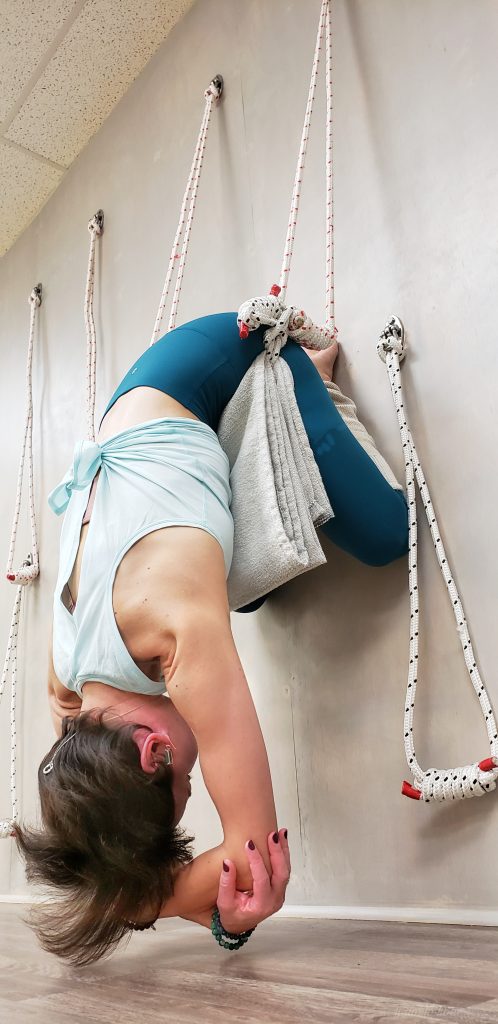
FIVE WAYS YOGA HELPS TO REDUCE ANXIETY

For huge numbers of us, what restrains us from arriving at our maximum capacity of functionality in our everyday and working life is anything but an obvious and clearly evident debilitation.
Yet it is the accumulated mental and emotional energetic pressure that can show in the physical and mental body as torment and uneasiness commonly known as anxiety disorder, which can hamper if not seriously hinder our advancement forward in our work, our relationships and our individual development if not adequately diverted and released.
Such disorders are sometimes accompanied by panic attacks – intense feelings of panic that often come from nowhere. Panic attacks can include a throbbing heart, sudden sweating, dizziness and shallow breathing. Living with anxiety and panic attacks is difficult, but there are a variety of techniques that can help relieve symptoms. Here are five ways yoga helps to reduce anxiety.
1. Yoga teaches you to concentrate on your breathing.
When someone has an anxiety attack, they take short, shallow breaths. This can really make a panic attack worse because this type of breathing can cause a feeling of dizziness and / or weakness. The most important aspect of yoga focuses on breathing.
Training yourself to follow your breathing during yoga class is a useful skill that can be applied to other areas of life. Whenever you feel anxious or stressed, remember to take deep and slow breaths until you begin to feel more relaxed.
2. Yoga increases your endorphin levels.
Like other forms of physical activity, yoga increases your endorphin levels. Endorphins are specific hormones released in the brain that have been shown to improve mood, reduce symptoms of depression, relieve stress and anxiety. Endorphins are essentially a completely natural antidepressant. In addition, the flexibility and suppleness acquired with yoga can help to release negative blocked energy and increase positive energy flow.
3. Yoga reduces muscle tension.
When we feel anxious or stressed, certain areas of our body often tense up without us even noticing. Prolonged stress or anxiety can cause pain and muscle tension in the back, head, neck, shoulders and other areas. Yoga helps relieve muscle tension by strengthening, lengthening and relaxing sore muscles. Over time, yoga can also improve posture, which helps reduce muscle tension.
4. Yoga is a positive challenge.
Even if you are a more experienced yogi, you will probably have certain poses that are still difficult for you. Participating in something that is challenging – and continuing with it – will give you more confidence and faith in yourself, making you feel better about yourself in general and reducing negative self-talk.
5. Yoga classes encourage socialising.
When you are suffering from anxiety, you may feel like no one else “understands.” This can lead to feelings of isolation and loneliness. Yoga classes can be a way to meet new people and develop a sense of community. During rest postures, instructors often offer suggestions for relaxing and being more present. These quieter, more still moments encourage a sense of oneness and inclusion within the group, resulting in peaceful warm feelings of togetherness with others.
In summary, Yoga can help you focus on your breathing, release endorphins, relieve muscle tension, gain confidence and be part of a community and as such, Yoga is one of the most effective ways to reduce anxiety. So if you suffer from anxiety (or stress) and have not tried yoga before, I highly encourage you to try it – you might be pleasantly surprised at the results!


